
重磅 再获全球殊荣 祝贺山东益大荣获2020年全球针状焦优质品牌
分类:
公司新闻
作者:
发布时间:
2021-12-22
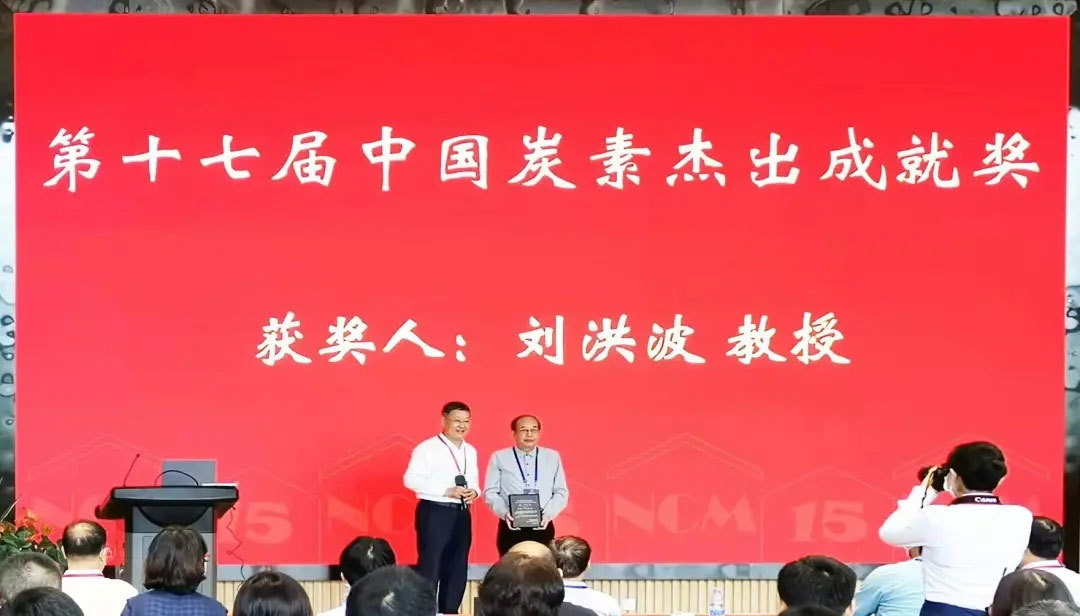
From October 14th to 17th, the 15th National Symposium on New Carbon Materials was held in Shenzhen. At the meeting, Professor Liu Hongbo from the School of Materials Science and Engineering of Hunan University was awarded the "17th China Carbon Outstanding Achievement Award" in recognition of his outstanding contributions in the field of carbon materials. The "China Carbon Outstanding Achievement Award" is one of the highest academic awards in the field of carbon materials in my country. It aims to reward outstanding scientists, professors and engineering experts who have worked in the field of carbon materials for a long time and made outstanding contributions to the development of carbon materials in my country. The award is awarded once every two years, and one person wins each year.
Character introduction
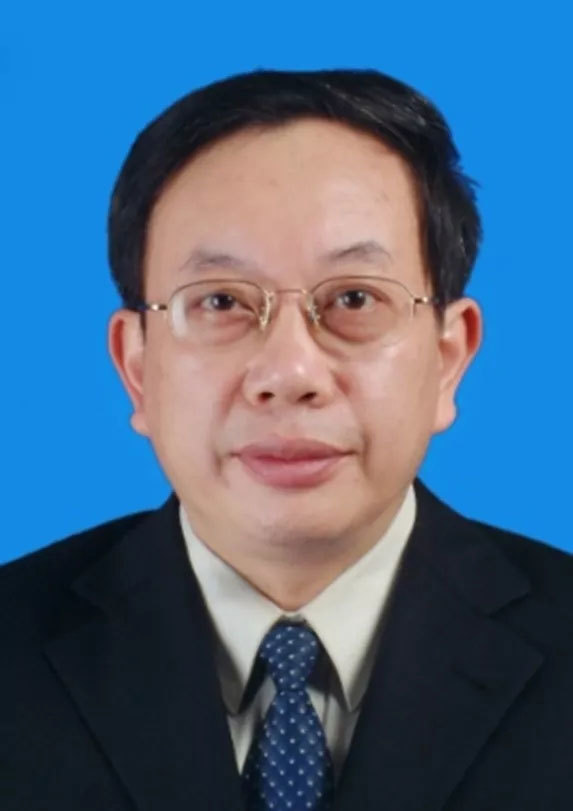
Liu Hongbo, male, born on March 18, 1958, a member of the Communist Party of China. In 1974, he graduated from the Fifth Middle School of Chenxian County, Hunan Province. In 1982, he graduated from Hunan University with a bachelor's degree in carbon materials. In 1987, he graduated from Hunan University with a master's degree in inorganic non-metallic materials. In 1995, he graduated from Hunan University with a PhD in materials science. Now he is a professor and doctoral supervisor of the School of Materials Science and Engineering of Hunan University. Mainly engaged in basic theoretical research and application technology development of carbon graphite materials. Concurrently serving as the chairman of the Carbon-Graphite Material Professional Committee of the Chinese Electrotechnical Society, the deputy chairman of the Carbon Materials Branch of the Chinese Society of Metals, the deputy chairman of the Expert Committee of the China Graphite Industry Development Alliance, and the executive director of the graphite and graphite materials professional committee of the China Non-metallic Mineral Industry Association director. Concurrently serves as the editorial board member of "New Carbon Materials", "Carbon", "Carbon Technology" and magazines. In 1995, he was named a young science and technology expert of the Ministry of Machinery, and in 1997 he was approved to enjoy the special allowance of the State Council. "High modulus carbon fiber continuous filament and new carbon fiber graphitization equipment" won the first prize of scientific and technological progress in Hunan Province in 1995; "ZGJ-26X-100 type intermediate frequency induction sintering furnace" won the first prize of scientific and technological progress of the Ministry of Justice in 1996 . He has published more than 250 papers in academic journals and conferences at home and abroad, and obtained more than 10 Chinese invention patents.
Interview with people
Q: "Graphite has the reputation of "black gold", and new graphite materials have become an important part of strategic emerging industries. You are currently focusing on isostatic graphite and graphite anode materials. How do they form a bond?
I grew up in a graphite mine in Chenzhou, Hunan. I have been dealing with natural graphite since I was a child. I have been engaged in this industry since I majored in carbon materials at university. At that time, the major of carbon materials was a very unpopular and very small major. The atmosphere of scientific research was not very strong at the time when we were studying. At that time, the main focus was on training people. After graduating from university, I studied for a master's degree and a doctorate degree in the same school, and have been engaged in research in the field of carbon materials. In the early stage, I was doing graphite intercalation compounds. During my Ph.D., I did some research on carbon fiber graphitization. After working independently, I began to pay attention to isostatic graphite and graphite anode materials.
Why would I choose these two directions? Because our school has trained a lot of students majoring in carbon, the main technical force in domestic carbon companies is basically cultivated by our school. Because there are many exchanges with companies, so in the field of traditional carbon materials, I chose to Structure isostatically pressed graphite. It is produced according to traditional crafts, but its mechanical properties are the best among traditional carbon materials, and it is also suitable to be made in schools. Because the small samples in the laboratory are also representative, the results can guide production, and the uses of isostatic graphite are particularly wide. At present, there is still a certain gap between domestic isostatic graphite and foreign countries, so we are still working hard to improve product performance. Graphite anode is the research direction I started after my Ph.D. I initially made supercapacitor activated carbon similar to this one, and it has been made for more than 20 years, and some products have already formed commercial production.
Q: Everyone has curtailed electricity recently. Do you think the curtailment will affect China's graphite anode and graphitization industry?
One of the reasons for the curtailment is that the production scale of domestic graphite electrodes and graphite anodes has grown too fast in recent years, and the graphitization power consumption under the existing technology and equipment is too high. In order to reduce the cost of electricity consumption, domestic graphite electrode and graphite anode manufacturers have concentrated on choosing areas with lower electricity prices for graphitization, which has put a lot of pressure on carbon emissions in related areas. I think that curtailment is a good thing, not only has a good inhibitory effect on the blind expansion of graphite electrodes and graphite anodes, but also is conducive to the progress of graphitization technology. Because electricity price is a very important factor in the country's macroeconomic regulation and control, the electricity price curtailment promotes the gradual relative balance of electricity prices, so that everyone can compete at a reasonable level, which is more conducive to technological progress. A very important job I am doing now is to cooperate with companies to develop continuous graphitization technology and equipment. The use of continuous graphitization can greatly reduce the cost of electricity consumption, and it can also be produced in areas with higher electricity prices because the overall cost may be lower.
Q: Which industry changes do you think are the most impressive to you?
I think carbon fiber has changed a lot in the industry. Our country probably started to study carbon fiber in the 1960s, and started national projects in the 1970s, but the performance and output of carbon fiber have not been able to increase for decades. In the era of the planned economy, raw materials and spinning were completed in different companies. Our carbon companies only did the latter heat treatment. Although there were connections between them, the information feedback was lagging behind. Now, from the synthesis of raw materials to spinning and subsequent heat treatment are all completed in one company, technical forces with different knowledge backgrounds can be concentrated to tackle key problems, which is convenient for coordination and overall planning. In the 1970s and 1980s, Japan’s carbon fiber was already doing very well. Compared with it, we have a big gap. In the past ten years, we can’t say that we have completely caught up with it, but at least we have improved very quickly. This is one of the best in our industry. Big change.
In the new carbon materials, I think the development of carbon nanotubes and graphene has broadened people's horizons, especially carbon nanotubes. When carbon nanotubes first appeared, many people did not understand the concept of nanometer, because most of the research at that time stayed on the micrometer scale. After the appearance of carbon nanotubes, people began to pay attention to the research of nanomaterials. Therefore, the appearance of carbon nanotubes played an important role in promoting the development of carbon materials and other related nanomaterials. Of course, my own research work has also entered the field of carbon nanomaterials, including carbon nanotubes and graphene later, but my research work focuses more on applications, mainly doing some applied technology research. In recent years, "thesis only" has indeed caused some negative effects on applied technology research, because many graduate students are unwilling to engage in applied technology research that is difficult to publish papers. In fact, high-level papers must be published, and applied technology research must also be done by someone. It is impossible to "all people are soldiers". Everyone should choose to do basic research or application technology development according to their own characteristics, give full play to their own advantages, and strive to achieve results in the direction they are engaged in, so as to promote the progress of the industry. By the way, we must also respond to the call of the country to write papers on the land of the motherland and support excellent domestic journals. Like our new carbon material magazine, it runs at a very high level.
Q: What do you think is the bottleneck encountered by the current popular graphite anode materials? What is the key development direction of the industry in the future? What are your expectations for the development of China's lithium battery and anode material industry in the future?
There are two types of graphite negative electrodes, one is natural graphite and the other is artificial graphite. Natural graphite has a higher capacity and lower cost; artificial graphite has a slightly lower capacity, but now the capacity is increased after the heat treatment temperature is increased, and the cycle performance of artificial graphite is better. The only drawback is the higher price. In the future, the development of graphite anode materials will be more applied in the field of power or energy storage batteries. Natural graphite is now encountering more bottlenecks. The main problem is how to improve its cycle performance by adjusting the structure, and in the structure modification process The cost cannot be increased too much in the process. The bottleneck of artificial graphite is mainly the high cost of graphitization just mentioned, because it must undergo ultra-high temperature treatment of about 3000 degrees. There is no better and more economical way to transform it from an amorphous structure to The crystalline structure can only be heated by electricity, and structural lack of electricity is a more prominent problem for our country. In fact, China is still under great pressure for carbon peaks and carbon neutrality. Can we consider going out and exporting graphite anode material production technology in reverse to reduce the production scale of artificial graphite anodes in our country? Of course, we still have to focus on improving the level of energy saving and consumption reduction, especially the development of continuous graphitization process to reduce costs. I think in five years, continuous graphitization will have a big breakthrough.
Q: "New Carbon Materials", as an excellent domestically established journal, has made great contributions to the basic sciences, technical sciences and marginal disciplines of carbon materials and its subdisciplines. Your experience as a journal editor is What?
"New Carbon Materials" is an excellent and old journal. We grew up with it. In the early days, it was a mimeograph. Before that, we mainly translated foreign articles. Since the development of "New Carbon Material", the Shanxi Institute of Coal Chemistry, Chinese Academy of Sciences has devoted a lot of effort to the journal. The current selected articles in the journal are very good, and the printing quality is also very high. The influence in domestic journals is very large, especially in the material journals. Of course, this also depends on the rapid development of our carbon materials. Periodicals began to organize academic conferences very early to gather people related to carbon across the country, which not only promoted the development of periodicals, but also promoted mutual exchanges and integration in this industry.
I have been an editorial board member for a long time, and I feel that the review of manuscripts for this journal is very strict, and the editorial board members are very enthusiastic and dedicated. We all hope to do a good job of the journal, and we will grow and progress with the journal.
Q: The Symposium on New Carbon Materials has been held for fifteen times. The theme of this conference is "Charming Carbon Materials, Helping Carbon Neutrality". From your understanding of the greatest charm of new carbon materials What is it? How can new carbon materials better contribute to carbon neutrality?
I think the biggest charm of carbon materials is that they are under continuous development, and new structures or products are constantly coming out, which makes people shine. The biggest feature of carbon materials is their structural diversity, and different structures have different properties. For example, porous carbon has a great effect on the absorption of carbon dioxide; some defects in carbon materials and heterojunctions with other materials play a very important role in the catalytic conversion of carbon dioxide. From this perspective, carbon materials should become a main force in the process of helping carbon neutrality.
Q: What are your thoughts and experiences on winning the China Carbon Outstanding Achievement Award this time?
I think the Carbon Outstanding Achievement Award is a high honor for the workers engaged in carbon material research in China, and it can motivate everyone to do their work well. Although I have been engaged in carbon material-related work for a long time, I really can’t say which work is a special highlight. I just try to do things that are beneficial to the development of carbon materials and the industry. These work can be recognized by experts in the same industry. I am naturally very happy, but also It's hard to bear the weight of "outstanding". Speaking of experience or experience, I think that as a college teacher, you should first do your own job well and train students well, and secondly, you should use your professional knowledge to understand the technical needs in the industry and talk to them. Discuss together how to solve these problems, and contribute some of their ideas to the enterprise, so that the enterprise can realize it, so as to promote the technological progress of the industry. One of the work I have been doing over the years is to apply some concepts and technologies of new materials to traditional industries, and to use traditional mature technologies and processes in the development of new materials. They merge and promote each other. Very good results, also played a very good role in my own growth and progress. This is mainly related to my experience. I have a better understanding of the theoretical foundation of my work at school. My students know a lot of specific technologies in the industry, so we can communicate and cooperate very well. What special details do I have? Ask them if you don’t know, and contact me if they don’t know anything in theory. I always feel that we have caught up with a good era. Carbon materials are now a hot spot. This is the era that has given us a good opportunity.
Q: In the next five years, how should we prepare to meet the opportunities and challenges in the field of new graphite materials?
First of all, our cutting-edge research in the field of carbon materials is already in the forefront of the world, but compared with developed countries, there is still a little gap in the research of key basic materials. The performance may be a little worse, but it is difficult to break through. The main reason is that most traditional carbon companies now lack their own R&D institutions, and universities are not paying enough attention to these new graphite materials. I often say to the leaders of carbon companies that companies must establish their own R&D team and increase R&D investment. If the team is insufficient, they can cooperate with universities to do R&D. And don't chase hot spots in a swarm. We have so many companies engaged in the production of carbon graphite materials, which can allocate resources differentiatedly, coordinate research and jointly promote development. The government should give some guidance, because some technologies have indeed become a problem for our country's "stuck neck", and our enterprises should pay attention to talents and cultivate talents to solve these problems of "stuck neck". In addition, our current cutting-edge research in the field of new graphite materials still lacks influential and original innovative research work. We should settle down and not be affected by many external factors, and truly make some original and influential ones. Achievements, to lead the future development of new graphite materials.
Excerpt from: Advanced Battery Industry Cluster



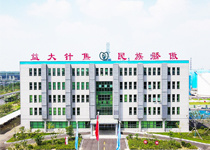


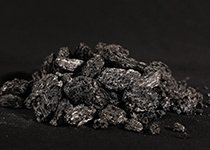
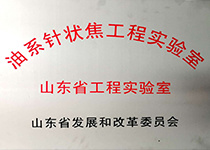
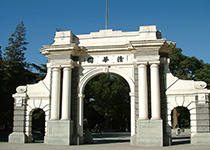
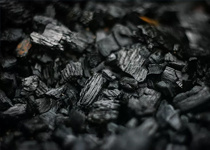


 183-5379-9166
183-5379-9166 

 sdydxcl@163.com
sdydxcl@163.com 